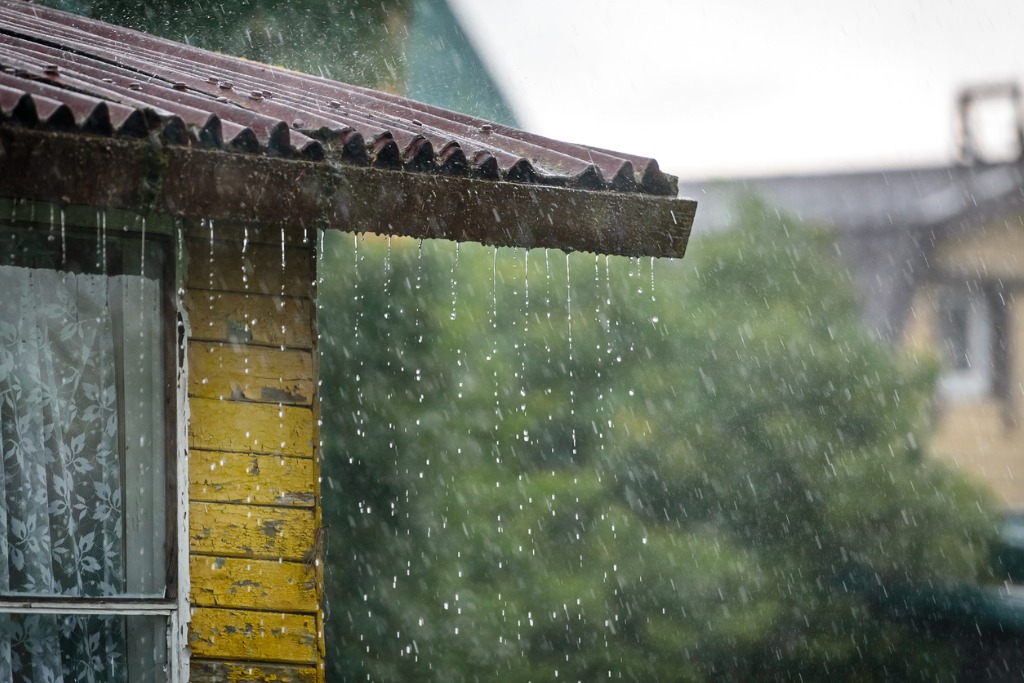It has been said that rainwater is like a light dose of fertilizer on growing plants, since it contains nitrates and organic matter which naturally nourish plants for lush foliage and growth. Rainwater is soft, free of salts, minerals and chemicals found in treated tap water, natural groundwater and surface water. All of which makes rainwater a most desirable source for plant and landscape hydration.
While rainfall is plentiful in the Spring for nurturing growing plants, hot Summer days that follow will become a garden’s thirstiest months.

Consider all the rainwater that falls on your roof during rainy spring days, only to pour down the drain or collect in mushy puddles. Wouldn’t it be nice to be able to capture some of that rainwater to use in your garden before it runs off as wastewater?
Actually, there’s a way. It’s called Rainwater Harvesting. When utilized to water a garden or landscaping, it can conserve precious water, reduce stormwater runoff from homes and businesses, and supplement a portion of landscaping watering needs over the course of the hot Summer.
Rainwater Harvesting involves collection of run-off rainfall from roof tops into gutters and channeling water into downspouts into some sort of storage vessel. Rainwater Harvesting, can be as simple as collecting rainwater in a rain barrel or elaborate as collection into a large cistern. Then using this cistern as a water source with your smart controller!
It’s important to know that each State has its own specific laws and legislation about collecting and storing rainwater. So be sure to check first what your State allows.

